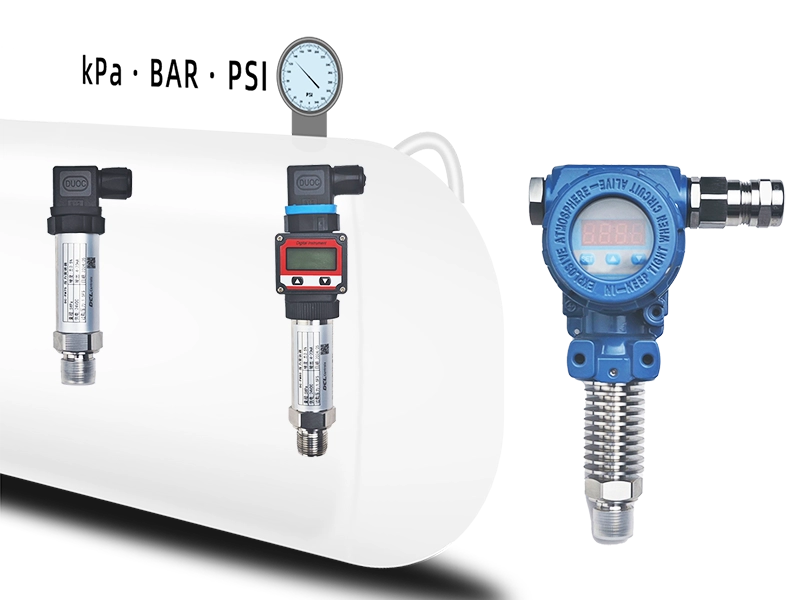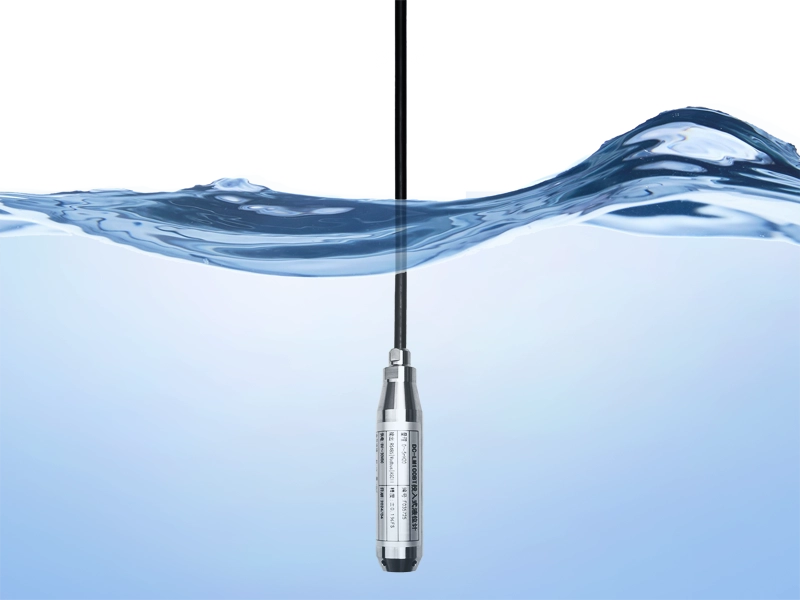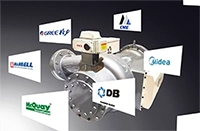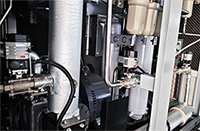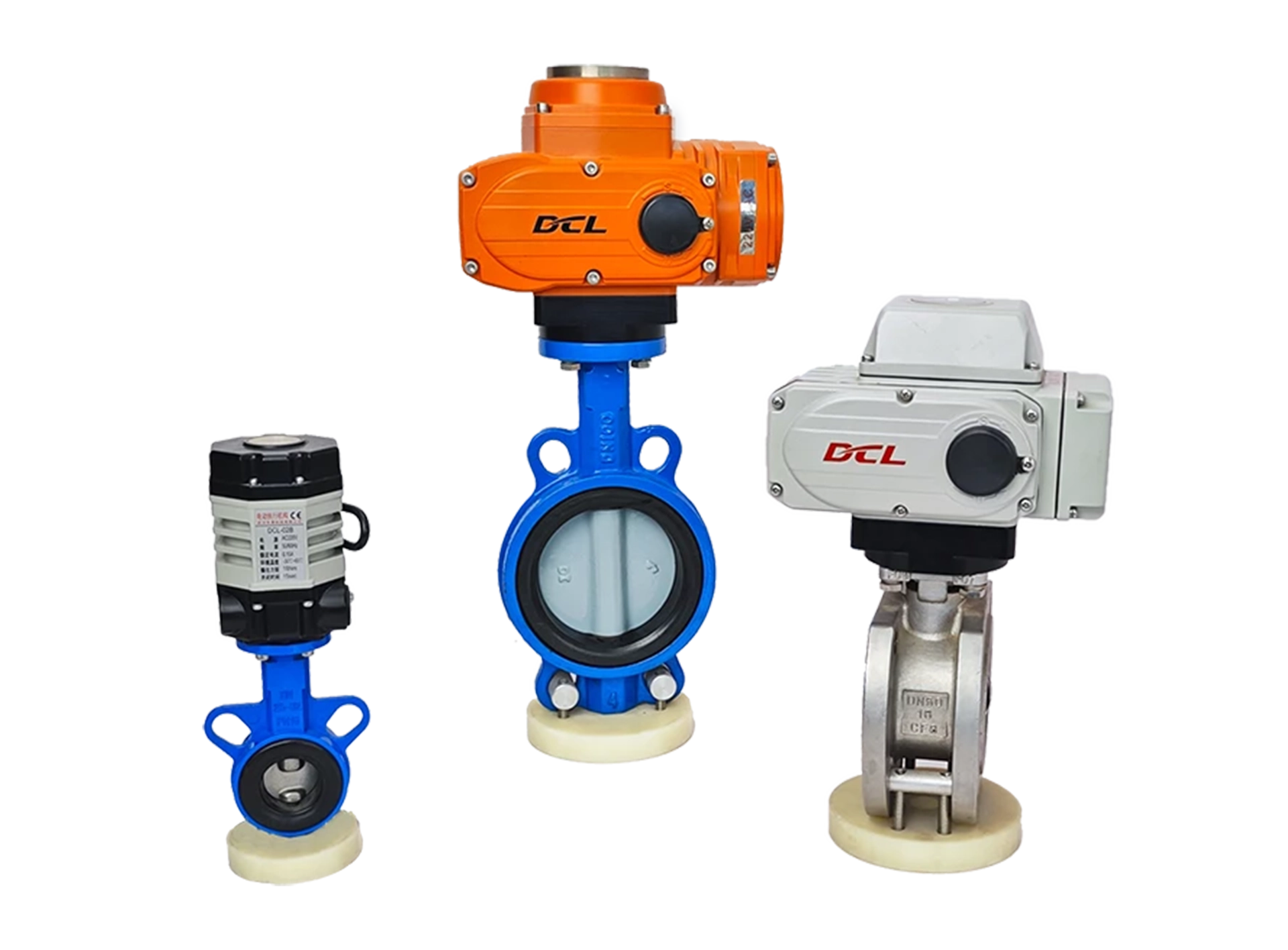DCL Completes CSA Certification for Explosion-Proof Electric Actuators in North America
DCL has successfully completed the CSA certification for its explosion-proof electric actuators in North America. The certification was awarded on January 14, 2022, for the DCL-Ex series, which includes models DCL-Ex05, DCL-Ex10, DCL-Ex20, DCL-Ex40, and DCL-Ex60. CSA Certification Scope Explosion-Proof Ratings: United States: Class I Division 1, Group C and D T5/T6 Canada: Ex db IIC […]
DCL Controls to Attend the 31st China International Measurement Control and Instrumentation Exhibition (Miconex 2023)
DCL Controls will participate in the 31st China International Measurement Control and Instrumentation Exhibition (Miconex 2023), showcasing its electric actuators, electric valves, and IoT-based actuator applications. The event offers an excellent opportunity for industry experts to explore advanced solutions in automation, control, and measurement. Event Details: Date: October 23–25, 2023 Location: National Convention Center, Beijing Booth: […]
DCL Controls to Attend the Beijing International Wind Energy Conference & Exhibition (CWP 2023)
DCL Wuhan Huayi will participate in the Beijing International Wind Energy Conference & Exhibition (CWP 2023), where they will showcase their electric actuators and IoT-based actuator applications for the wind energy industry. Event Details: Date: October 17–19, 2023 Location: China International Exhibition Center (Shunyi District) Booth: E4118 This exhibition will provide an excellent platform for […]
JB/T 8219—2016 Standard for Ordinary and Intelligent Electric Actuators Used in Industrial Process Control Systems
Table of Contents Preface 1 Scope 2 Normative References 3 Terms and Definitions 4 Product Classification and Basic Parameters 4.1 Product Classification 4.2 Basic Parameters 5 Basic Functions of Intelligent Actuators 5.1 Display Function 5.2 Parameter Setting Function 5.3 On-Site Configuration Function 5.4 Fault Self-Diagnosis and Alarm Function 5.5 Communication Function 5.6 Other Functions 6 […]
GB/T 3369.1—2008/IEC 60381-1:1982
The standard for the 4-20mA current signal used in electric actuators is as follows: Standard: GB/T 3369.1—2008/IEC 60381-1:1982 Title: Analogue signals for process control systems — Part 1: Direct current signals (IEC 60381-1:1982, IDT) This standard defines the specifications for analog signals, specifically for the use of direct current (DC) signals in process control systems, […]
Voltage Signal Standards for Electric Actuators – GB/T 3369.2—2008/IEC 60381-2:1978
Applicable Standards for Electric Actuator Voltage Signals (1-5V, 2-10V, 0-5V, 0-10V): Analogue Signals for Process Control Systems – Part 2: Direct Voltage Signals (GB/T 3369.2—2008/IEC 60381-2:1978)IEC 60381-2-1978, IDT Preface GB/T 3369.2—2008/IEC 60381-2:1978 – Analogue Signals for Process Control Systems – Part 2: Direct Voltage Signals The GB/T 3369 standard consists of the following two parts: […]
간섭 저항 성능 비교: 4-20mA 대 2-10V
In the application of electric actuators’ anti-interference performance, the 4-20mA analog signal significantly outperforms the 2-10V analog signal. Why is this the case? 2-10V Signal Analysis Anti-interference Diagram for 2-10V Signal (DCL Huayi Intelligent Control) As shown in the diagram above: When using 2-10V, due to the higher input resistance on the module (R=34K), the […]
전동 액추에이터에 일반적으로 사용되는 버스
An increasing number of industrial control systems are deploying field buses to control more sensors and actuators. As a key actuator in fluid control processes, electric actuators are commonly used in industrial applications. The most frequently used bus systems for electric actuators include Modbus, CAN, Profibus, DeviceNet, Foundation Fieldbus, HART, and Ethernet. Common Bus Systems […]
EN15714-2 Classification of Electric Actuator Control (Duty)
Control Duty Classifications: Class A: ON-OFF Type (On/Off) Function: The actuator is required to drive the valve through its entire stroke from fully open to fully closed (and vice versa). Typical Use: Applications where valves are either fully open or fully closed. Class B: Fine-Tuning/Positioning Adjustment Type Function: The actuator occasionally moves the valve to […]
When to Choose a Process Control Actuator?
Application Background of Process Control Actuators In many process control systems, it is necessary to achieve highly accurate and consistent control of the flow rate of liquids or gases through an automated control system (PLC/DCS). Due to the high precision required, such systems often need to make continuous and precise small adjustments to control valves […]

